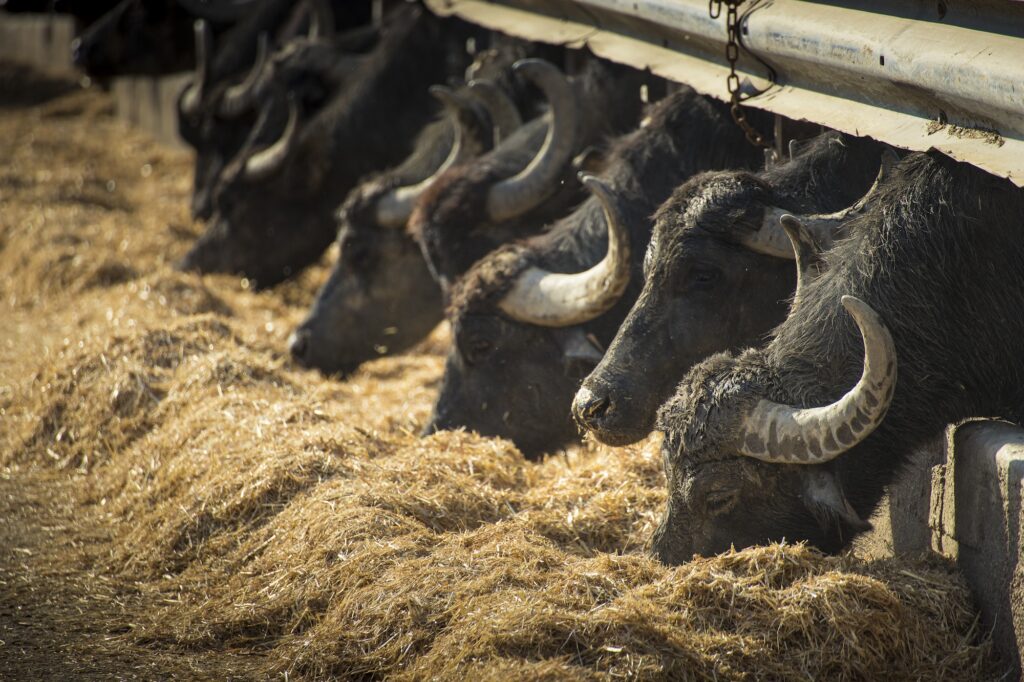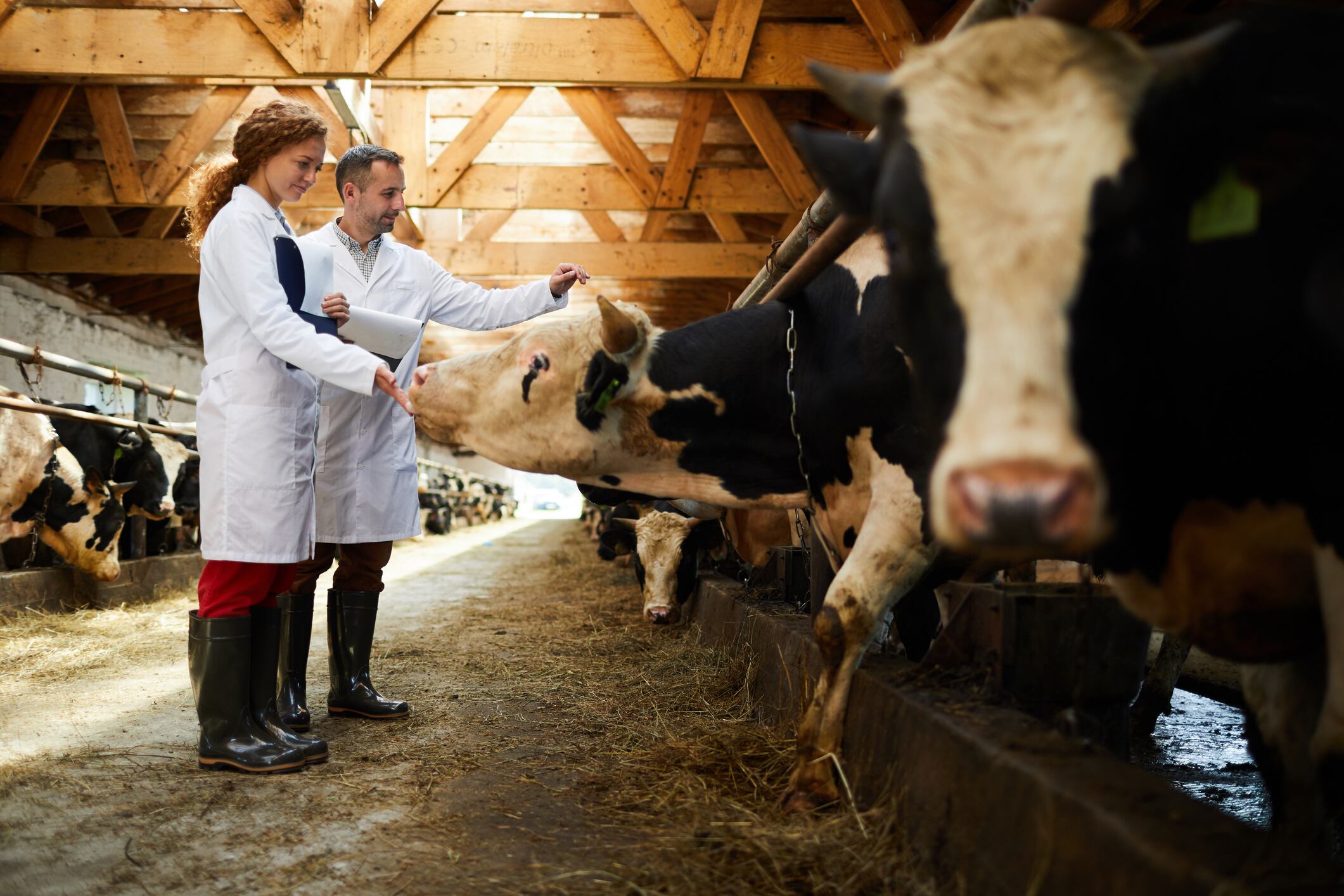Food & Climate
The Food and Agriculture Organization of the United Nations (FAO) announced that Europe is experiencing the worst outbreak of foot-and-mouth disease since the beginning of this century (2001), and that it is usually free of the disease. There is also an invasive viral strain currently present in the Near East, which has appeared in Iraq and Bahrain.
strengthening biosecurity measures to limit the effects of the disease.
FAO is recommending urgent biosecurity measures and enhanced surveillance following the recent detection of foot-and-mouth disease (FMD) serotype SAT1 in Iraq and Bahrain.
This serotype is exotic to the Near East and West Eurasia regions, raising serious concerns about the potential spread of the virus,” FAO said in an alert, according to a statement that “Food & Climate” platform received today.
FMD is a highly contagious viral disease affecting cloven-hoofed animals, including cattle, pigs, sheep, goats, and various wild species. It is typically characterized by fever and blisters in the mouth and on the feet accompanied by lameness.
Although few adult animals succumb to disease, young animals may die from sudden heart failure. The virus spreads rapidly and can affect large numbers of animals, especially in countries or regions that are usually free of the disease or do not regularly use vaccination.
foot-and-mouth not a public health threat
While not a public health threat, foot-and-mouth disease severely impacts animal health and welfare, food security and livelihoods by reducing livestock productivity, including through lower milk and meat yields.
The economic losses are substantial, with global direct production losses and vaccination costs in endemic regions estimated to be $ 21 billion annually.
However, the true economic burden of FMD is likely much higher when factoring in the disruptions to both international and local trade. These impacts can have a devastating effect on rural communities and businesses that depend on livestock.
Recently, the FMD virus was detected in Europe, which is normally free of the disease and is now experiencing its worst outbreak since 2001. Germany detected an outbreak in January 2025 but has since been declared free of the disease. However, a separate incursion into Hungary a month later, with subsequent outbreaks in Slovakia, has persisted. As an example of the impact of FMD on international trade, the United Kingdom government has banned the import of meat or dairy products from European countries where the virus has been detected, as well as Austria due to an outbreak in neighbouring Hungary.

Ban on personal imports of meat and dairy products extended to cover all EU countries to safeguard the UK food system and farmers against foot and mouth disease, according to “GOV.UK“.
The Government has taken measures to prevent the spread of foot and mouth disease (FMD) following a rising number of cases across Europe.
FMD in the Near East
Although FMD is endemic in the Near East, there has been a recent upsurge in outbreaks caused by an exotic serotype that was likely introduced from East Africa. So far, cases have been reported by Bahrain, Iraq and Kuwait, though other countries in the Near East and West Eurasia regions are at a high risk of being affected.
Many strains of the FMD virus continue to circulate in different parts of the world, and the recent outbreaks in both Europe and the Near East highlight the ongoing risk this disease poses to livelihoods, food security and safe trade.
They also underscore FAO’s crucial role in the global monitoring of FMD viruses, not only to help control them where they are endemic but also to rapidly share risk information to protect countries that are usually free of the disease.
FAO urges all countries to maintain vigilance to the ongoing threat. In affected countries, and those considered at high risk of incursion, the following should be considered:
Awareness Campaigns: Advise farmers and communities of the increased threat of FMD and the measures they can take to protect their livestock.
Biosecurity: This is the primary means of preventing and controlling FMD. This can be achieved by: separating sick animals from other livestock and having them examined by an animal health professional; avoiding the introduction of animals from unknown sources to maintain the health and safety of livestock on unaffected farms; avoiding mixing different livestock consignments during transport and at markets; thoroughly cleaning and emptying markets, vehicles, and transport hubs between sales, with rest days; preventing people, vehicles and other materials that are potentially contaminated with the virus from moving farm-to-farm.

Vaccination: In combination with rigorous surveillance and biosecurity measures, vaccination can be a highly effective tool for controlling FMD. However, it is crucial that vaccines are well-matched to the field strains, and they should be administered according to the manufacturer’s specifications.
Contingency Planning: Verify that an FMD contingency plan exists, with standard operating procedures (SOPs) for surveillance, outbreak investigation and vaccination.
By implementing these measures, countries can significantly reduce the risk of FMD outbreaks and protect their livestock industries.

